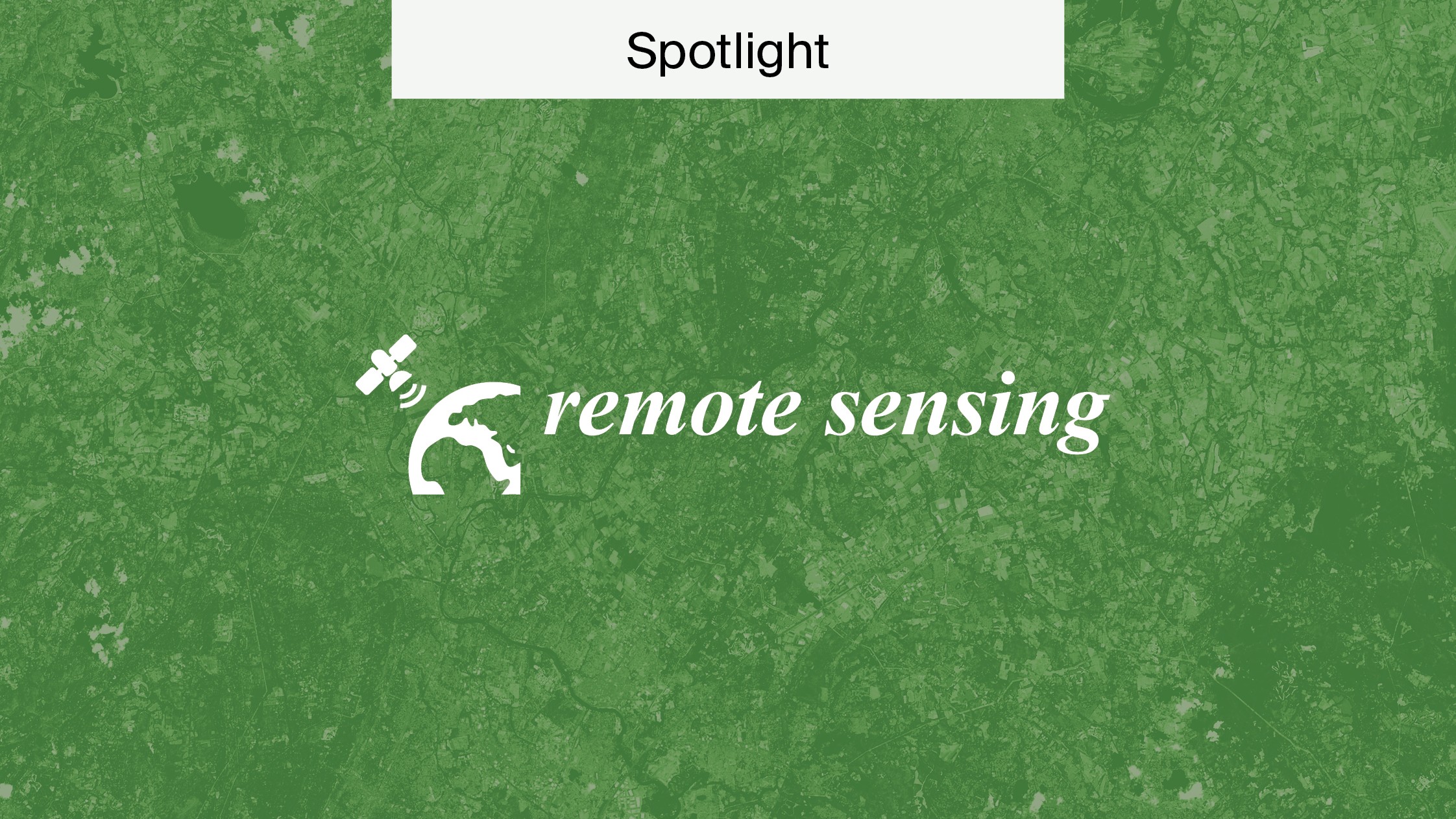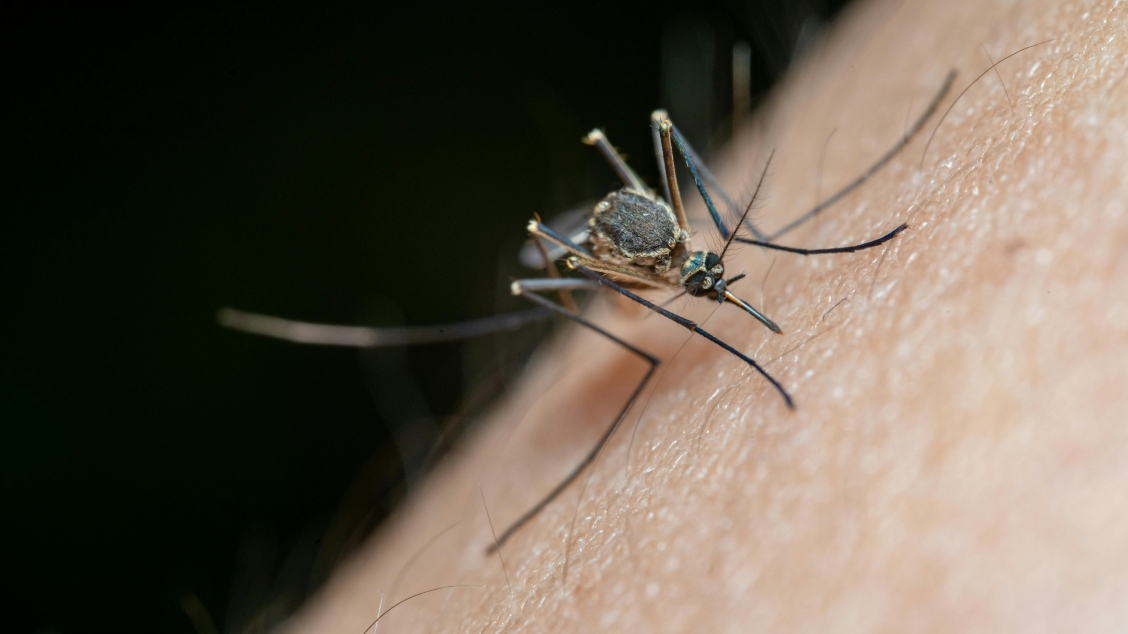
Climate Justice in the Context of the Global South
Millions of people in low- and middle-income countries will soon face the extreme effects of climate change – repercussions they had very little hand in creating. Described as the “biggest threat to public health” we will face this century, climate change will disproportionately affect the most vulnerable, who mostly reside in Global South nations.
Much of MDPI’s research is dedicated to climate justice and the issues surrounding this concept.
What is Climate Justice?
Climate justice is a concept that was introduced to address the inherent unjustness in our approach to climate change. Many countries are already feeling the very real effects of global warming due to Western industrialization and colonization. And, they lack the resources to protect their citizens from the consequences of the consumption and expansion of wealthier nations.
The aim of climate justice is to ensure that nations and companies that have significantly exacerbated climate change through their usage of resources and subsequent emissions take appropriate action. Countries that have had little impact should be compensated and provided with the resources to adapt to the rising global temperature.
Open Access and Climate Justice
Open Access research is crucial in the fight for climate justice. It provides poorer governments and communities with data that can inform their decision and policy making. This will allow them to better prepare for the problems they will face in the future. Furthermore, it facilitates global collaboration between researchers. This will, in turn, provide more climate data to improve future efforts.
In this article, we’ll be looking at the disparity between Global North and South countries, the history and effects of climate change, and ways in which Open Access research is leading us closer to climate justice.
The Global South
The Global South isn’t strictly a geographical term. Not all countries below the equator come under this designation. Australia and New Zealand, for example, are considered part of the Global North. Though there are several nuanced definitions, generally, they are distinguished by differences in resources and development.
Global South countries, located in Africa, Asia, Oceania, Latin America and the Caribbean, generally have low-medium income levels. They also tend to suffer from economic inequality and socio-political marginalization. Global North countries tend to be wealthier, with better infrastructure and a more equitable distribution of money, resources, etc., amongst citizens.
Income Levels in the Global South
Not all Global South nations have low–medium levels of income. Some are incredibly affluent, with large GDPs, such as India. However, despite this, they share many other characteristics with other Global South countries: for example, significantly impoverished regions, dependence on agriculture for employment, and unstable democracies.
Although significant progress has been made, the gap between the wealthiest and poorest nations is only increasing, with the already-large disparity in per capita income between Western Europe and Africa more than quadrupling between 1820 and 2000.
History of Climate Justice
Climate justice is deeply rooted in history. There are two major historical factors that stand out in this disparity related to climate change, which are further explored below.
Emissions and the Industrial Revolution
Since the Industrial Revolution in the late 1700s, humans have been the primary drivers of changes in the Earth’s climate. Countries that greatly benefitted from industrialization, e.g., the UK, Japan, Germany, etc., did so at the cost of pumping more and more carbon into the atmosphere.
The UK has emitted more than 78 billion tonnes of CO2 since 1750. Though, this has decreased significantly in recent years (by approximately 50% since the 1950s). In comparison, Uganda has contributed around 0.00-0.01% of the global CO2 emissions to date. Yet, it will suffer far worse consequences than the UK as a result. These include prolonged droughts and rainfall, leading to fatal events such as major landslides.
One of the main obstacles to achieving the goals of climate justice is getting industrialized nations to take responsibility for past emissions. For the period 1850-2011, the United States and EU were responsible for 79% of climate-changing emissions. So, regardless of how much they have cut back since then, their efforts should be doubled to compensate for the devastation they have inflicted upon poorer countries.
Resource Extraction and Colonization
The Global North has not only affected the rest of the world through pollution, but also through its intensive appropriation of natural resources. For example, France occupied Madagascar between 1897 and 1958, felling vast areas of forest and taking over agricultural land to turn the derived products into economic commodities. Britain extracted fossil fuels and industrial metals extensively and continuously in its colonies. Portugal established the sugarcane industry in Brazil, one of the biggest drivers of deforestation there. Post-colonially, these countries still face issues caused by this intensive exploitation.
Appropriation of Global South Resources
In terms of recent history, it has been found that the Global North currently relies much more heavily on the Global South for materials, land, labor, etc., than previously thought. For the period 1990-2015, nearly a quarter of the Global North’s GDP, i.e., USD 242 trillion, was gained from activities conducted in the Global South.
This extensive appropriation of land and resources means that exploited countries are unable to provide for their own citizens. The 21 exajoules of energy exported to the North each year could be used to provide every person in the Global South with healthcare, education, housing, and food. Instead, it is used to allow the citizens of wealthy nations to maintain a high standard of living.
The Effects of Climate Change in the Global South
To many countries, climate change is a hazy, dormant threat that will only rear its head in the distant future. To many others, though, it is a very real presence that has destroyed homes, taken lives, and ruined communities.
India
This year, many countries experienced life-threatening heatwaves. India, for example, experienced its hottest March since 1901. This severely affected agriculture: wheat production in India, the second-largest producer of wheat, decreased from 110 million metric tons (MMT) to 99 MMT. These events are expected to increase in severity and frequency in the future, which will ultimately affect the global supply chain of wheat and other products, the effects of which will be felt in the Global North.
Pakistan
Since mid-June, Pakistan has faced extreme flooding events due to torrential monsoon rains, claiming the lives of over 1500 people. Citizens’ homes, public health facilities, and schools suffered serious damages. This led to estimated losses of USD 40 billion. The fifth most populous country in the world, it contributes less than 1% of global greenhouse gas emissions. Yet, it is expected to face some of the most catastrophic climate change-related events: extreme weather, flooding, significant temperature increases, water scarcity, etc.
Climate Change and Health
Climate change will also have repercussions on health. Due to shortages in crops and water scarcity, as well as the contamination of water sources, citizens in the Global South will be vulnerable to malnutrition and dehydration, and face new infection patterns. The estimated costs of this will reach USD 2-4 billion by 2030. The projected number of additional deaths caused by these factors from 2030 to 2050 is 250,000.
Potential Flooding Events
As the Earth’s ice sheets and glaciers melt, sea levels rise, with some projections showing that we will experience extreme coastal flooding events once a year as opposed to once every hundred. Between now and 2050, the urban population is expected to increase by 2.5 billion globally. Asia and Africa, which mostly comprise Global South countries, are expected to see 90% of this increase. This will leave millions of people exposed to coastal flooding events. Cities and towns in the Global South are particularly vulnerable to these kinds of events due to poor development planning.
How Can We Combat these Effects?
Though there is much work be done, there is an abundance of multidisciplinary researchers working towards solving the climate crisis.
MDPI researchers created a heat vulnerability index (HVI) using data from four cities in India. This was used to identify areas exposed to extreme heat. It can be used by local governments to plan and respond effectively to extreme heat events. Furthermore, it can be used with other models to conduct a wider investigation of factors predisposing areas to heat vulnerability.
Early sowing has been suggested as a way to preserve crop yields. Moving the sowing process to earlier in the year can significantly reduce the amount of heat stress experienced by crops. Therefore, the use of varieties that can endure early sowing has been suggested as a way to protect agricultural yields in countries like India.
Crowdsourcing is used to obtain vast quantities of data from a large group, usually via the internet. It has been shown to be an effective way to improve urban planning. Through this method, researchers can track emissions, carry out geometric and information modelling of cities, assess land cover changes, etc. Data are essential for developing effective climate change policies. Crowdsourcing spreads the net wide, creating vast datasets for areas for areas that were previously little studied.
Education and consistent messaging have also been suggested as a method to allow communities vulnerable to coastal flooding to adapt their behaviors. Providing advice on how to deal with the expected changes they will experience will mitigate some aspects of risk. This will hopefully spill over into community action and more informed government responses.
How Is Open Access Helping?
Open Access research is helping achieve the aims of climate justice by making high-quality climate change research more accessible to low- and middle-income countries. This will close the knowledge gap between Global South and Global North nations, allowing the former to make better-informed and more sustainable policy decisions. At a local level, this information can be used to educate communities on the precarious position we are in and encourage citizens to adopt more sustainable behaviors.
This will also facilitate cooperation between countries, widening the parameters of climate research and breaking down barriers between researchers. A more global research community will hasten the development of solutions. It will also ameliorate future living standards, and give Global South researchers and governments a voice in the fight against climate change.










